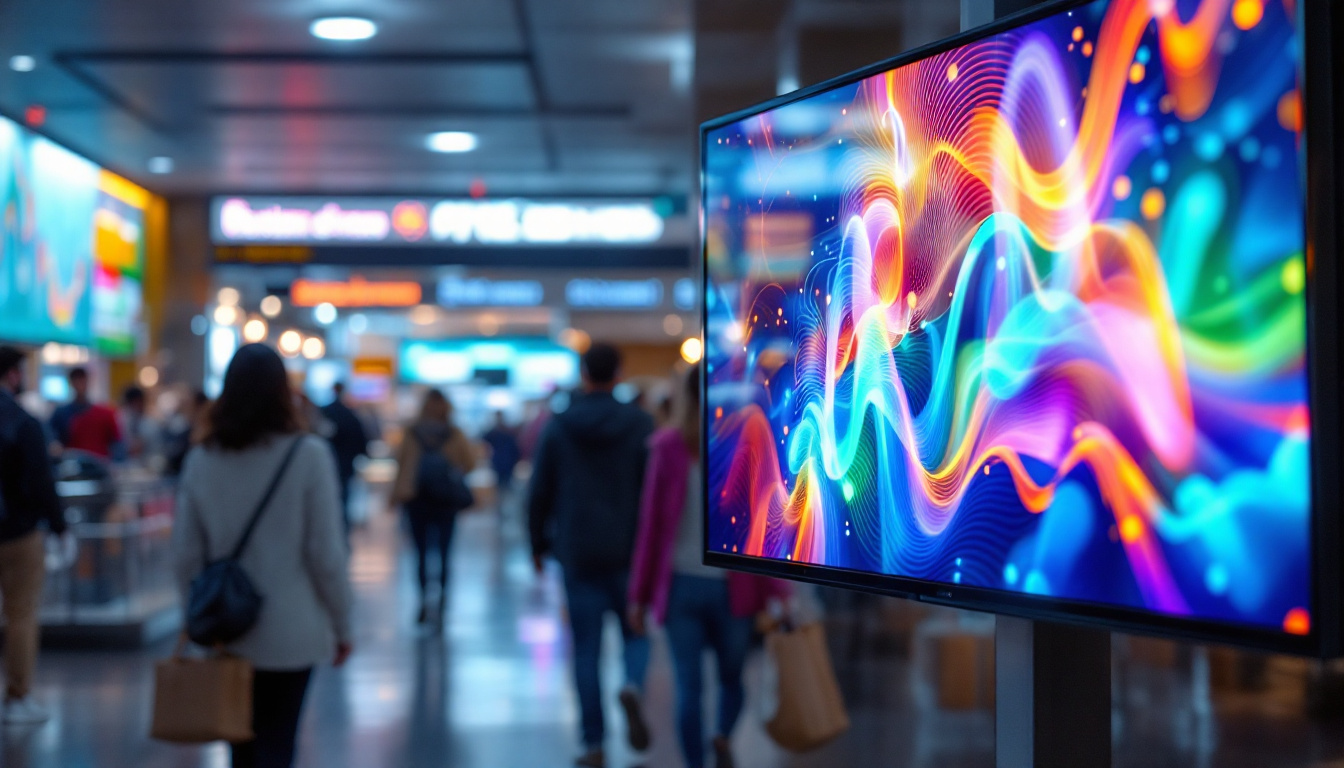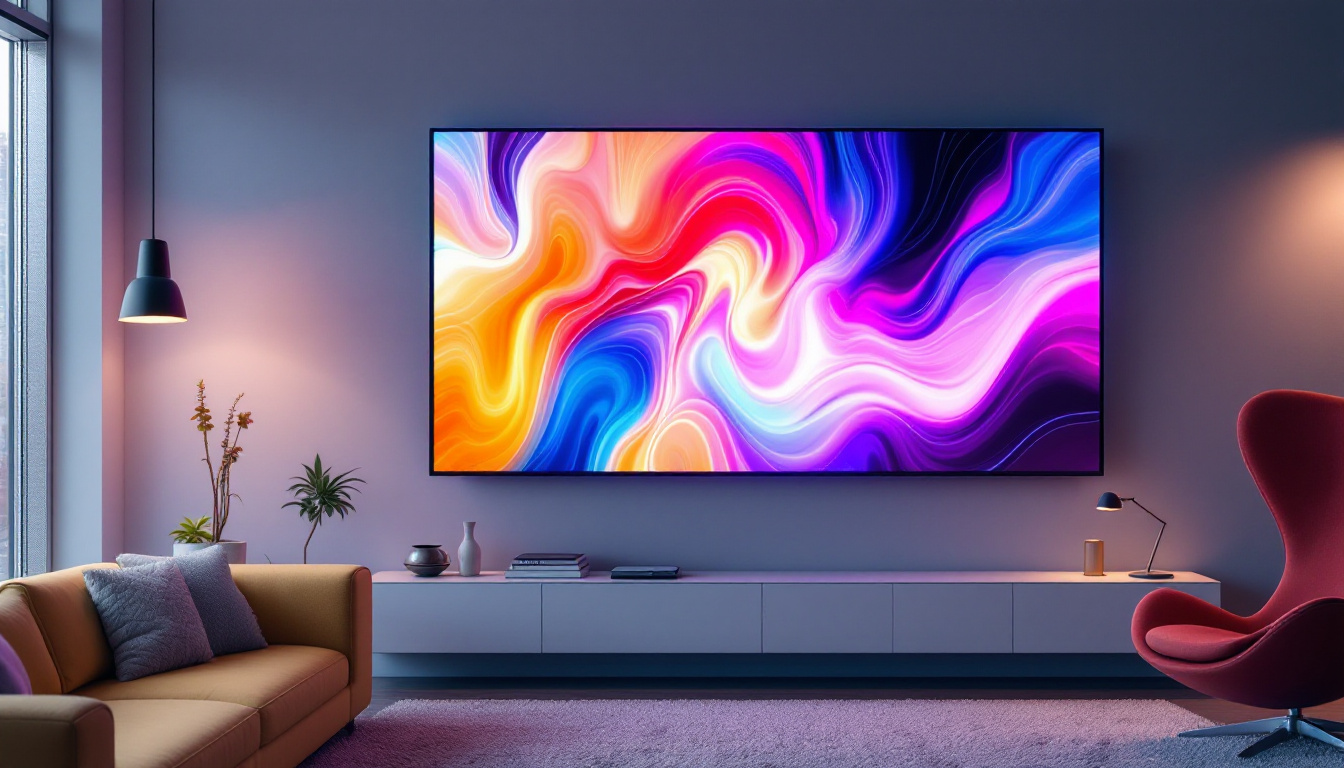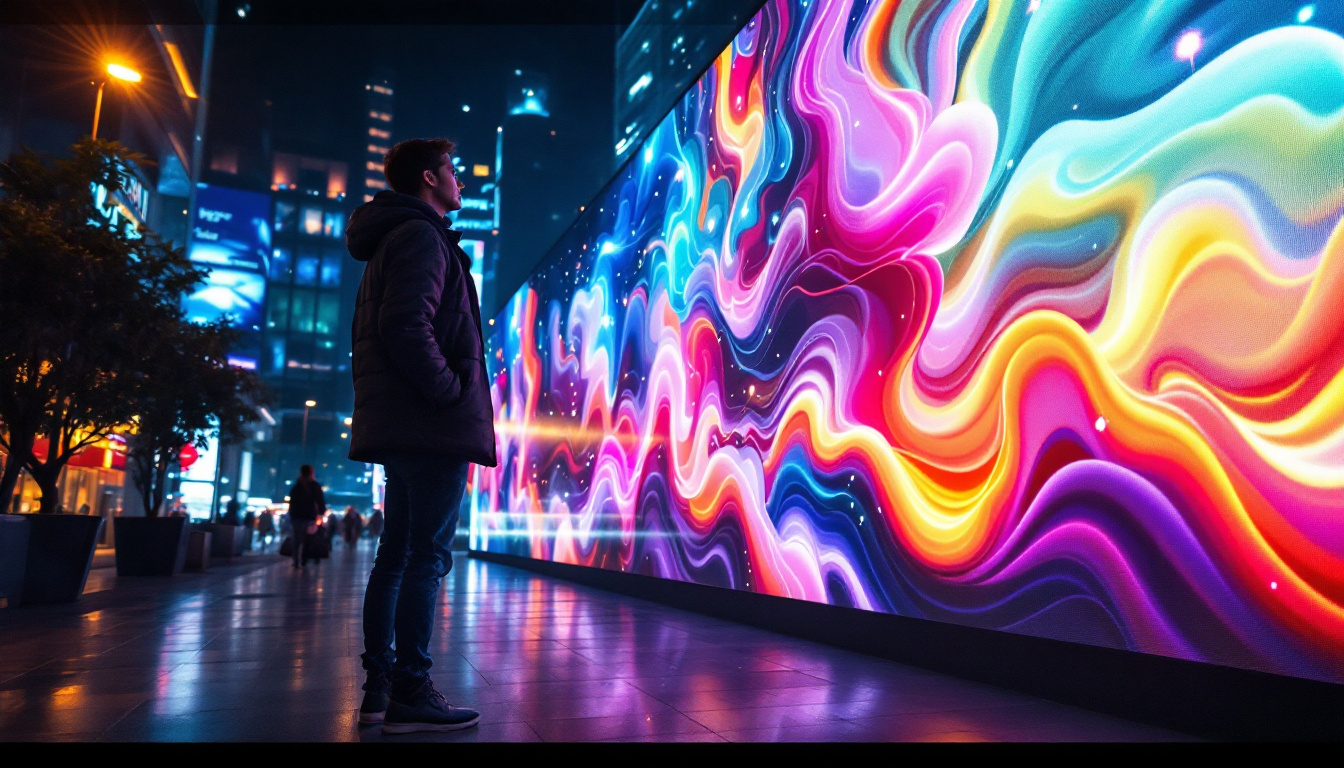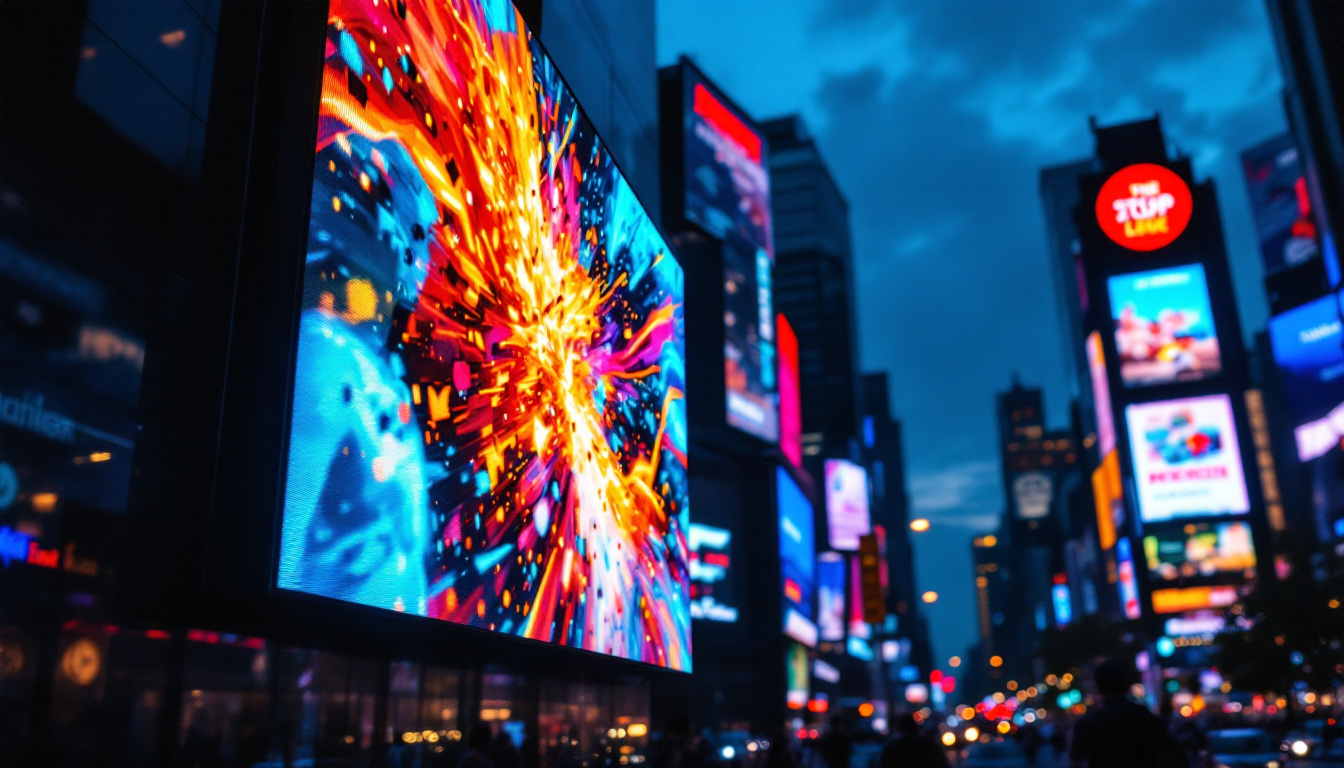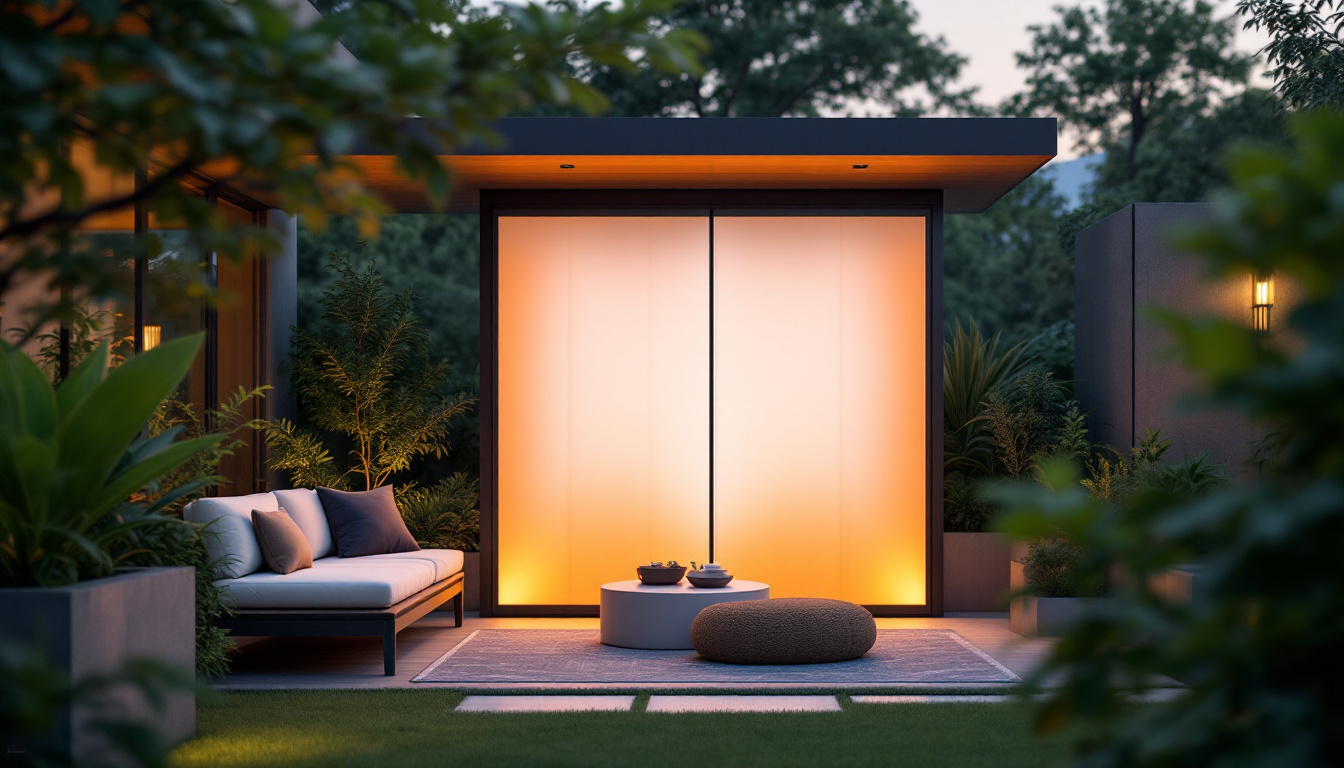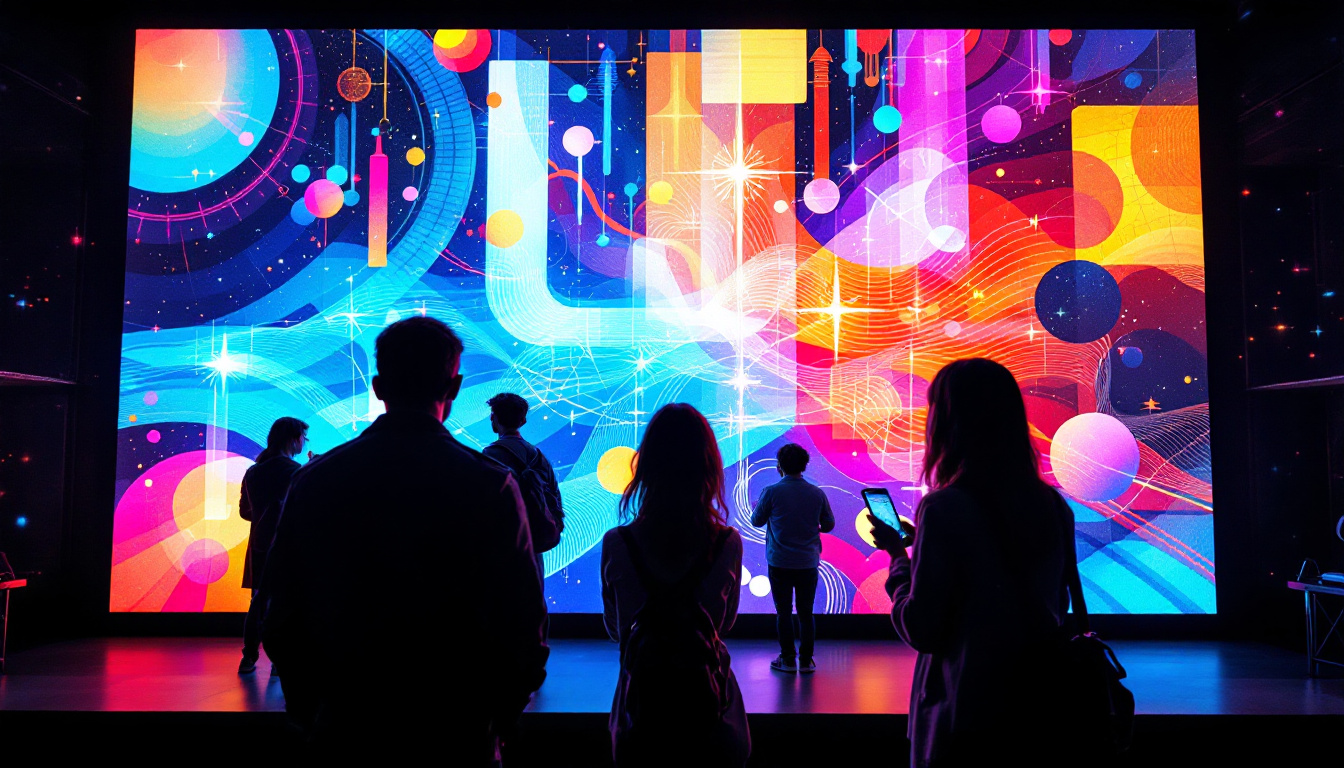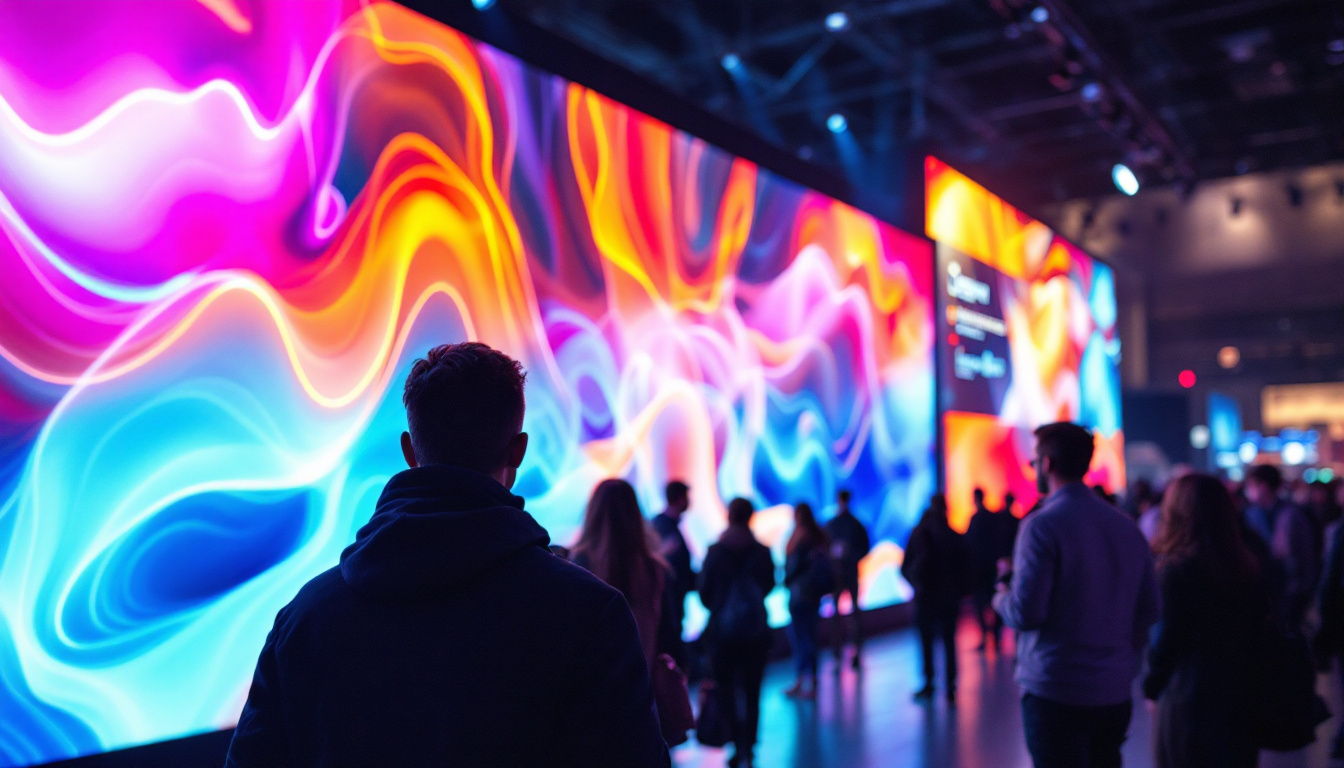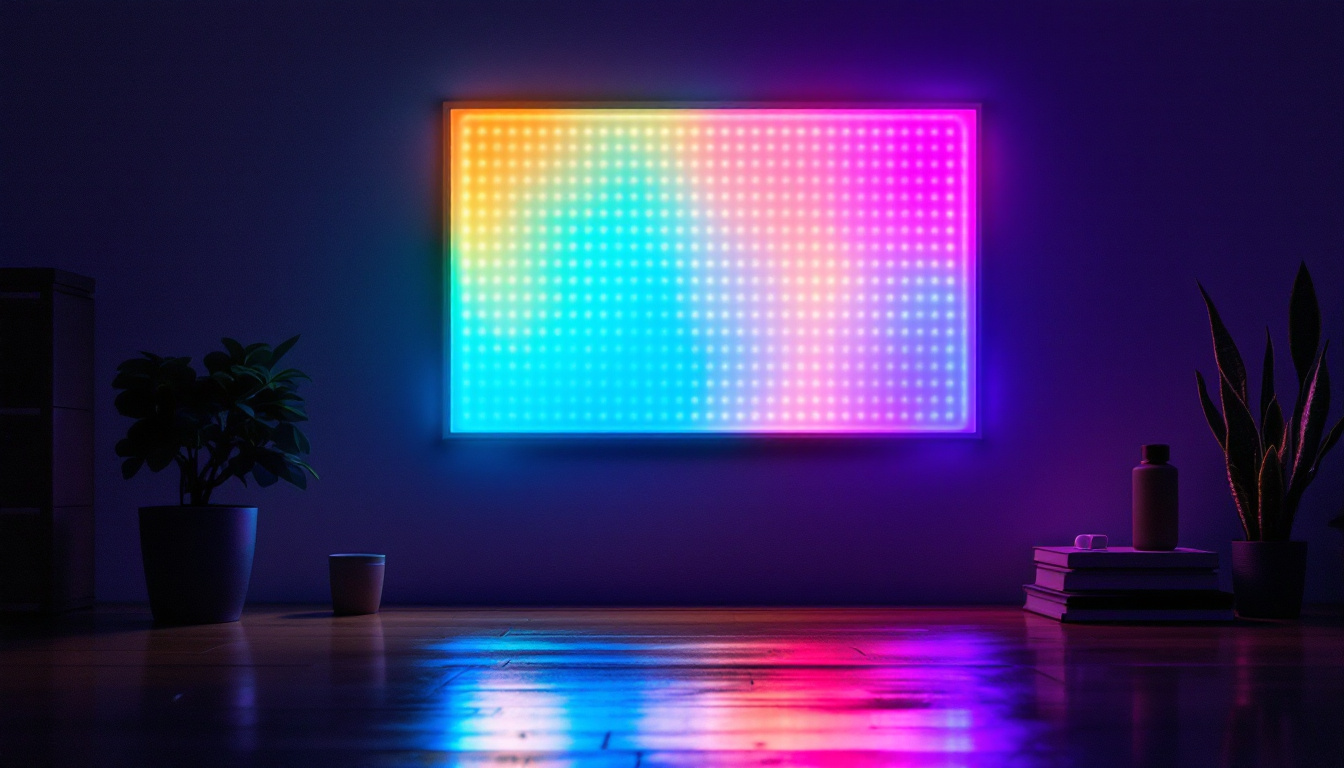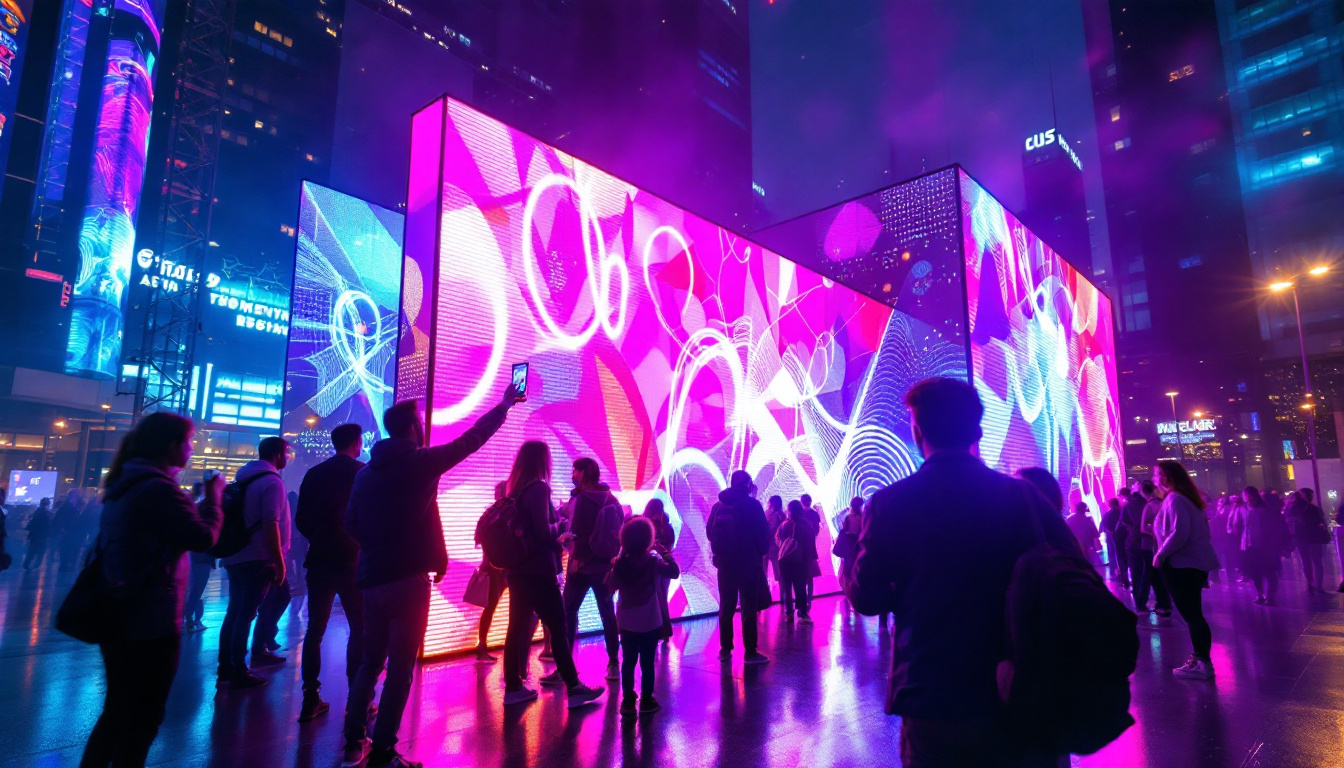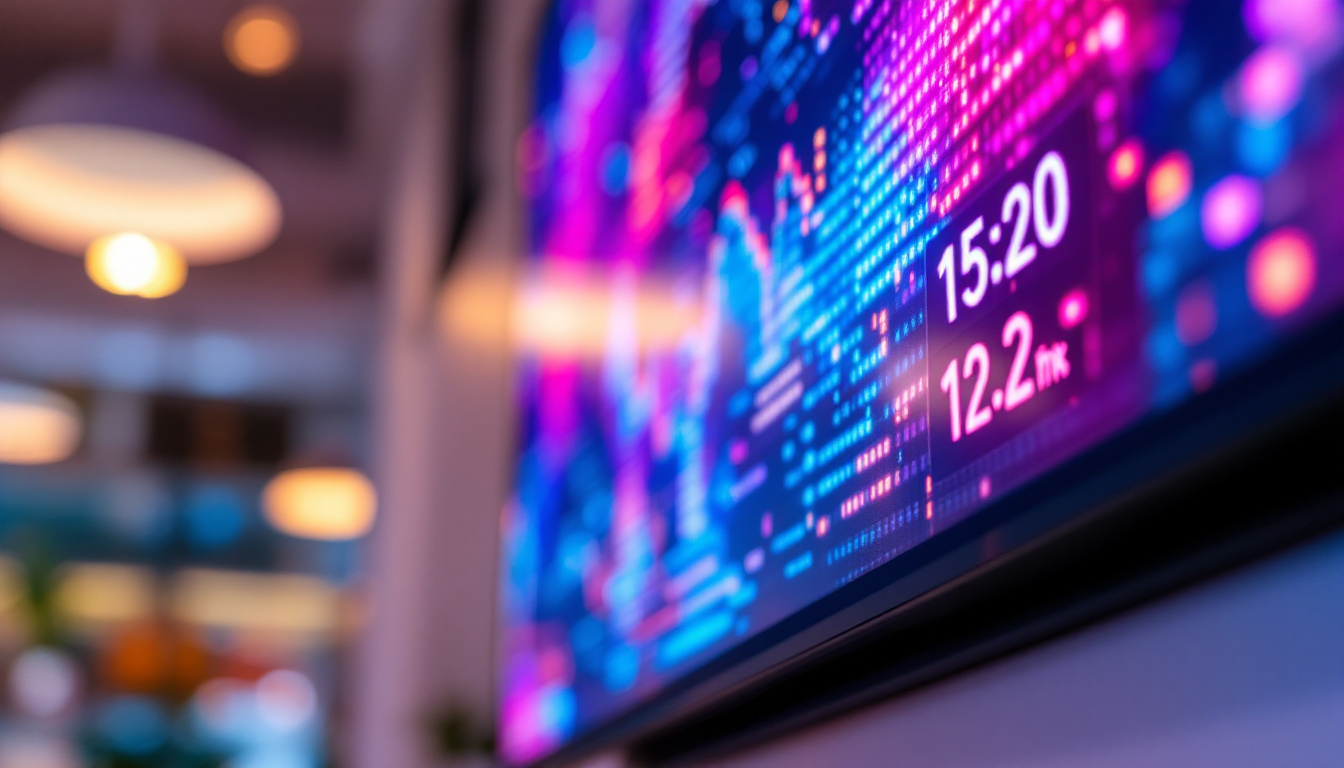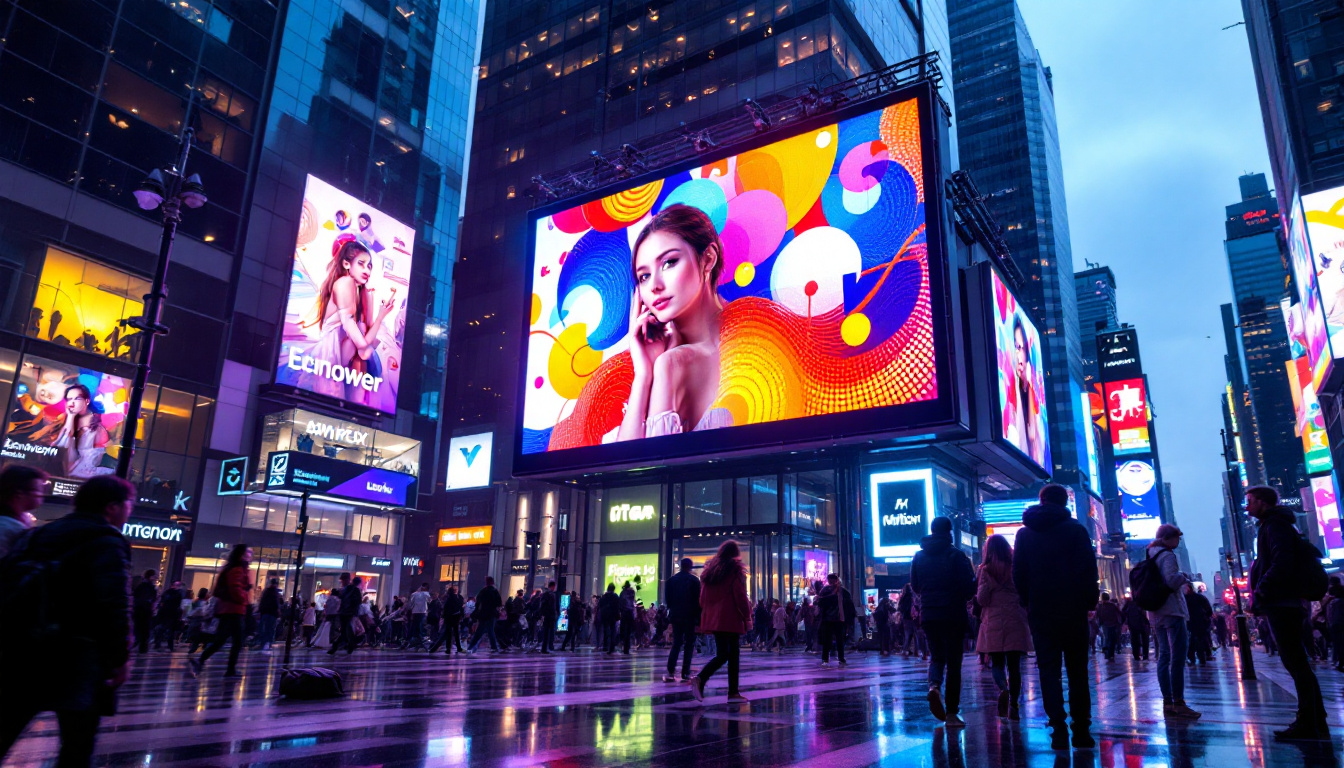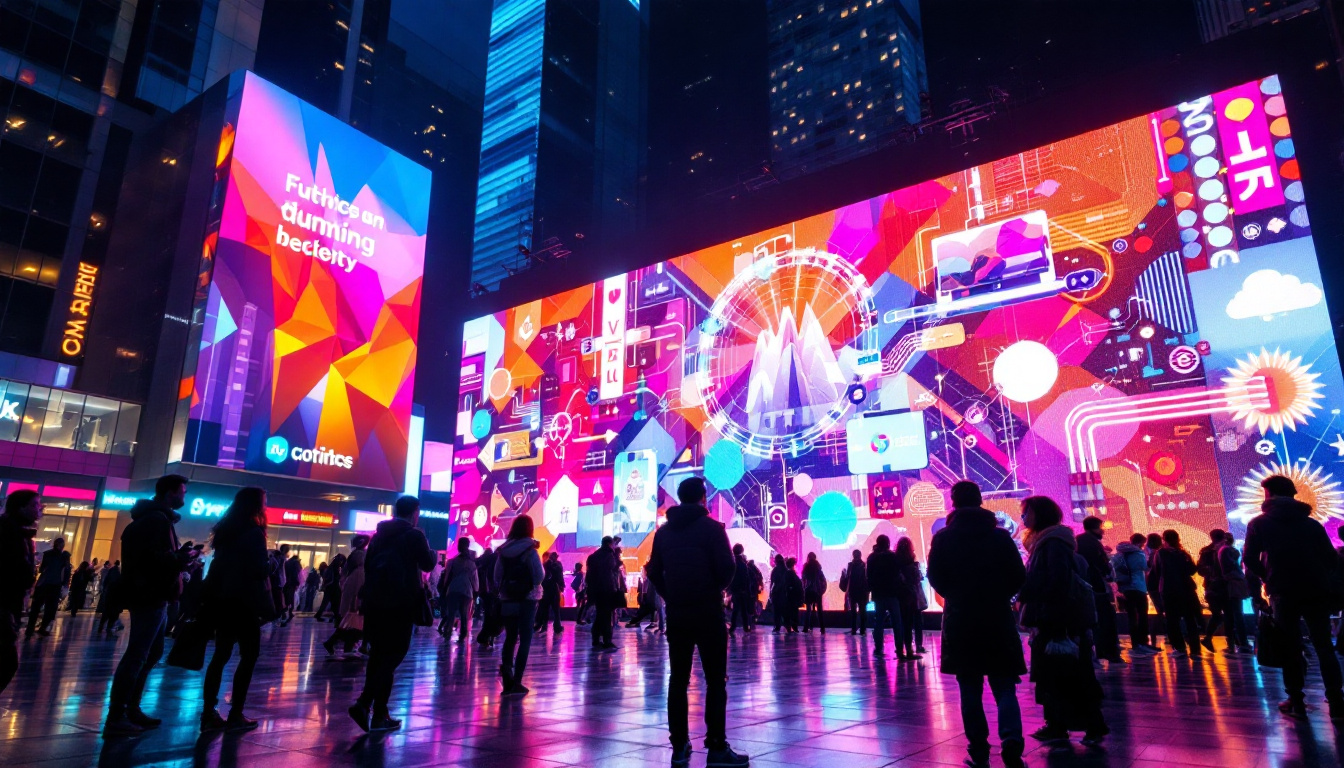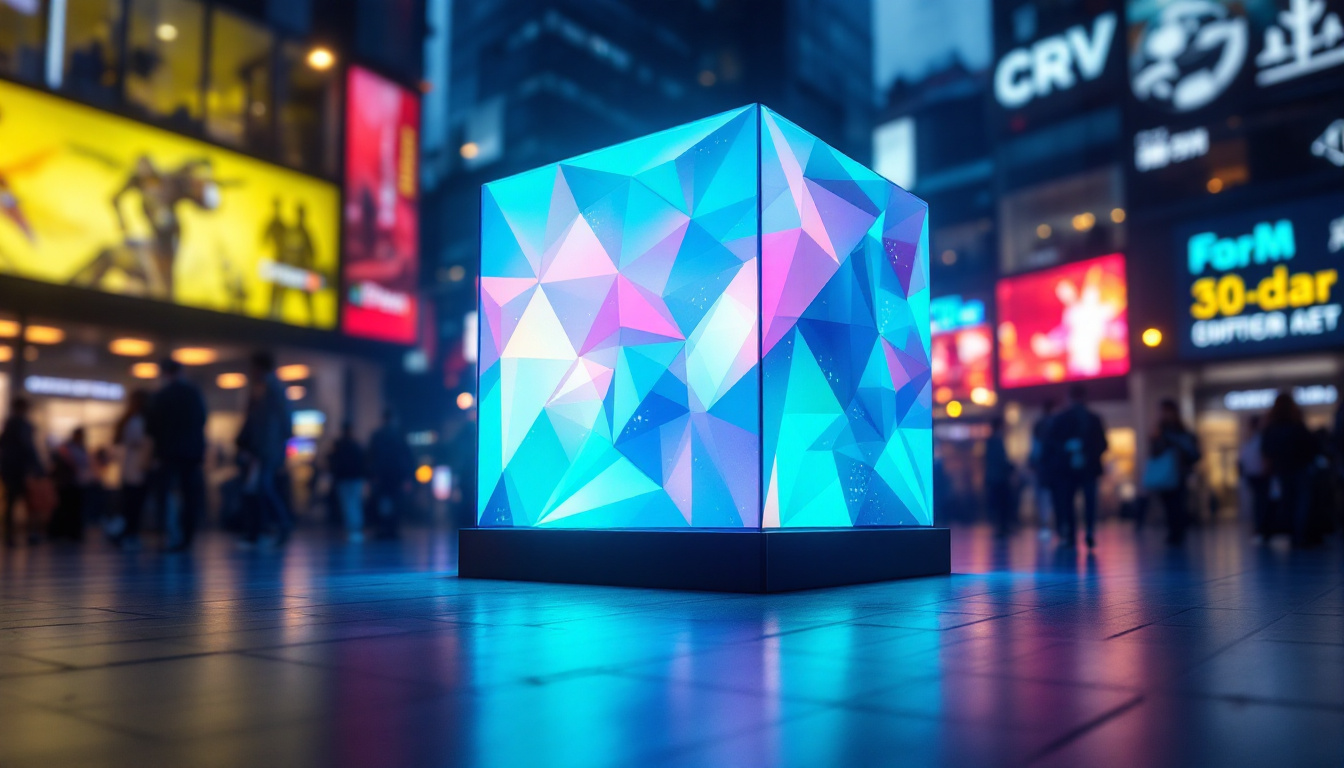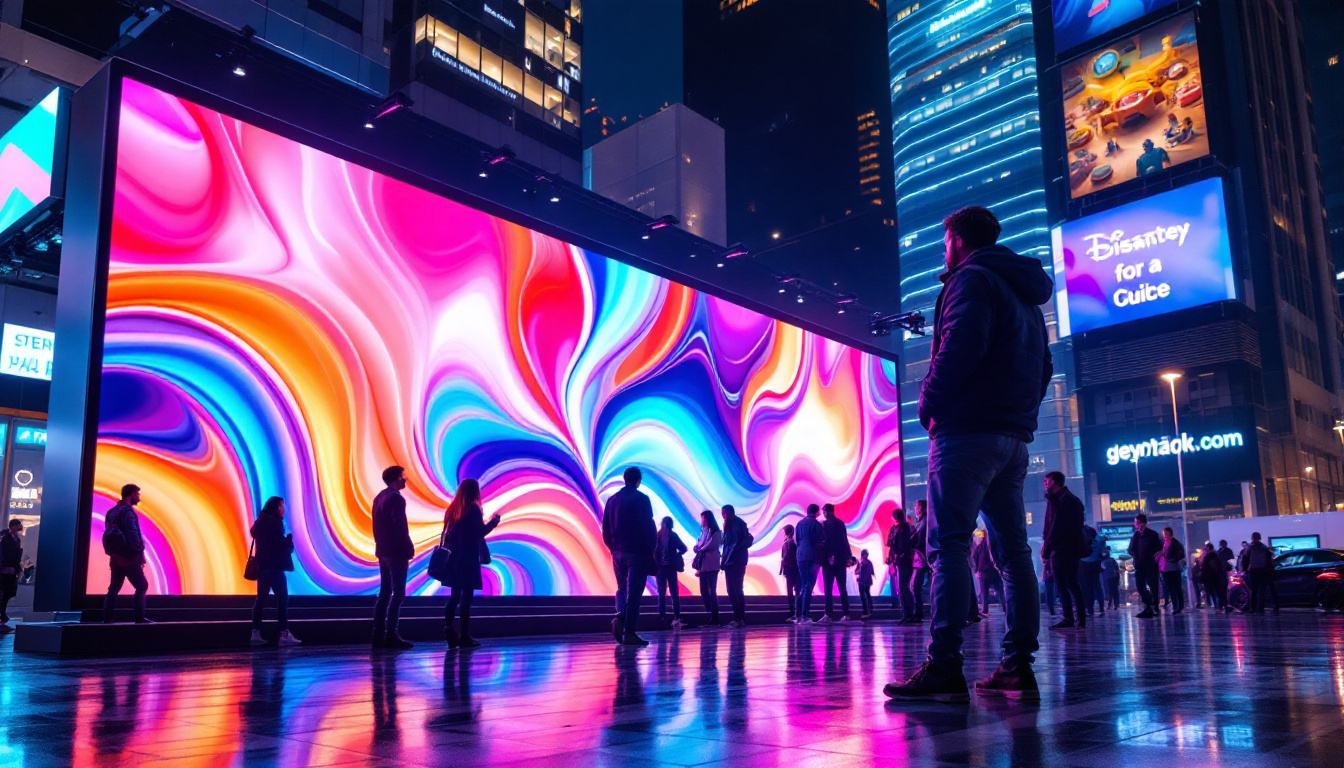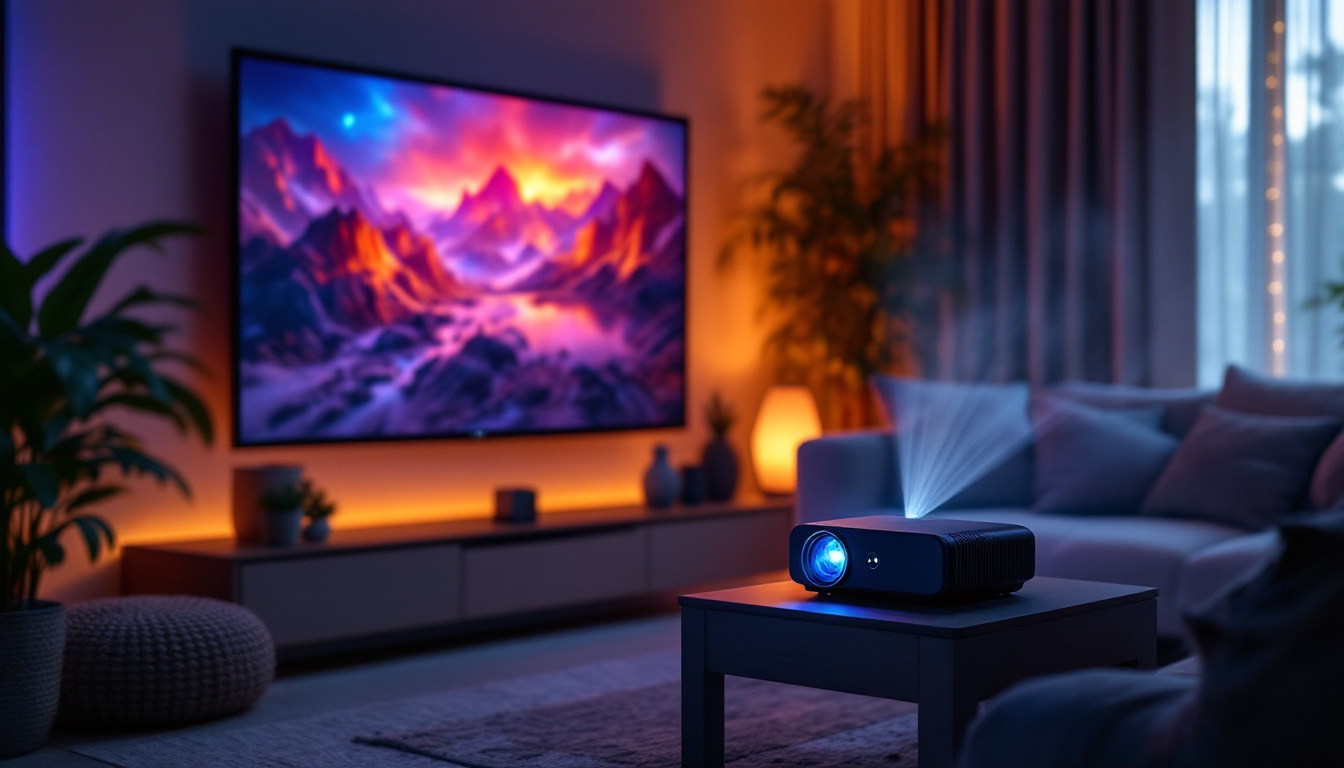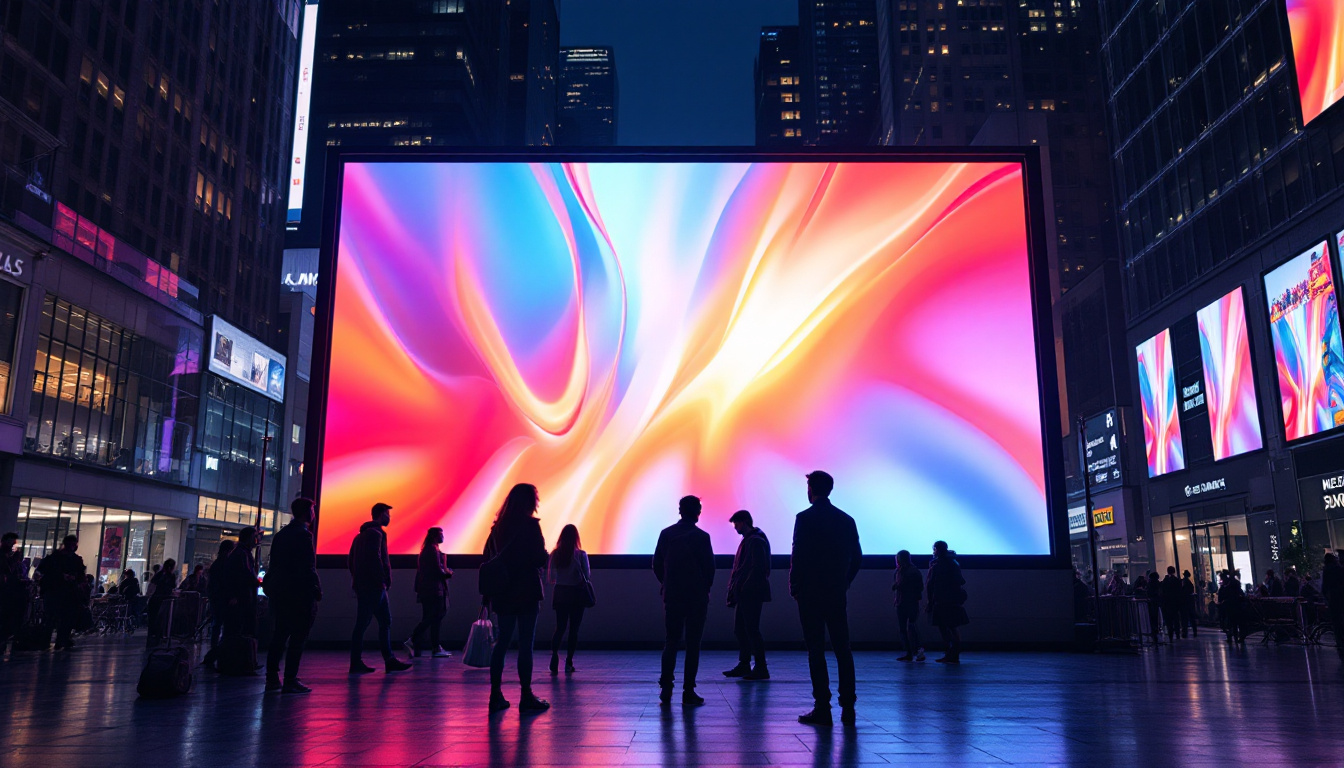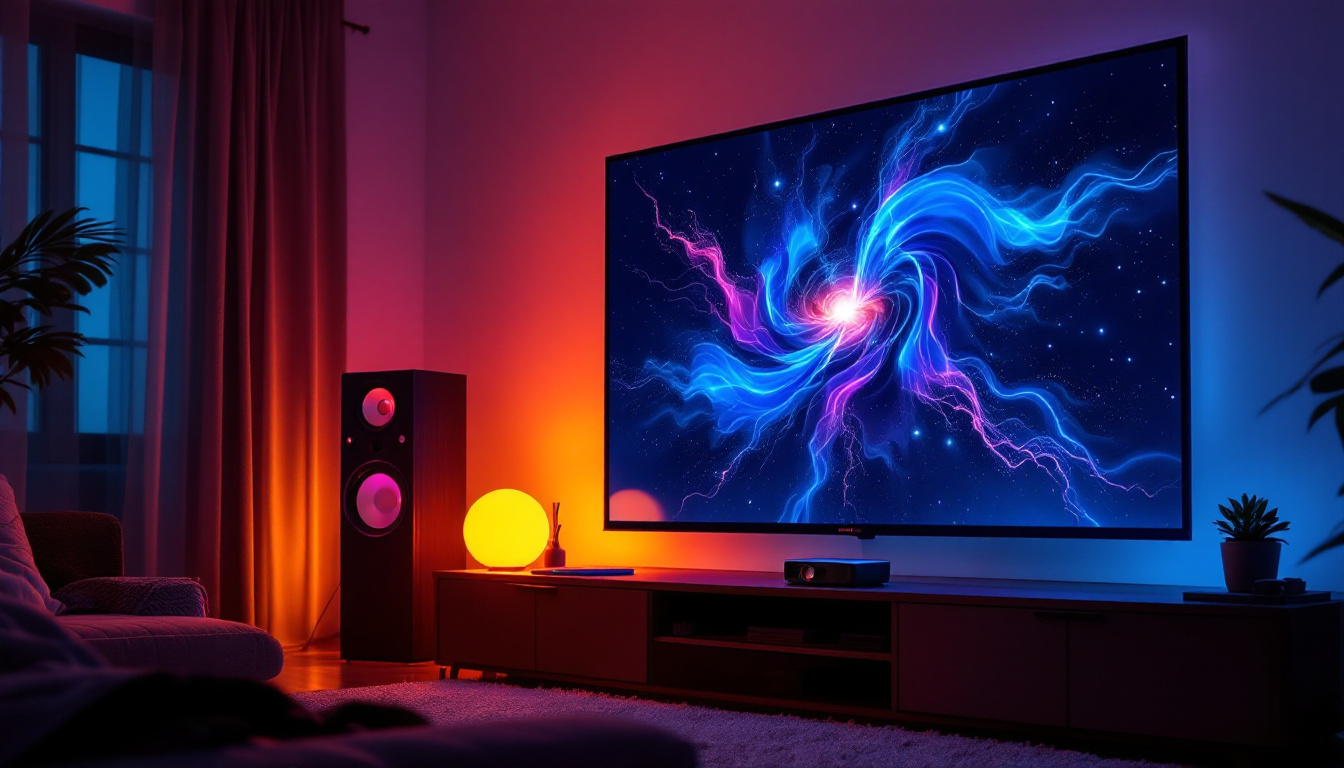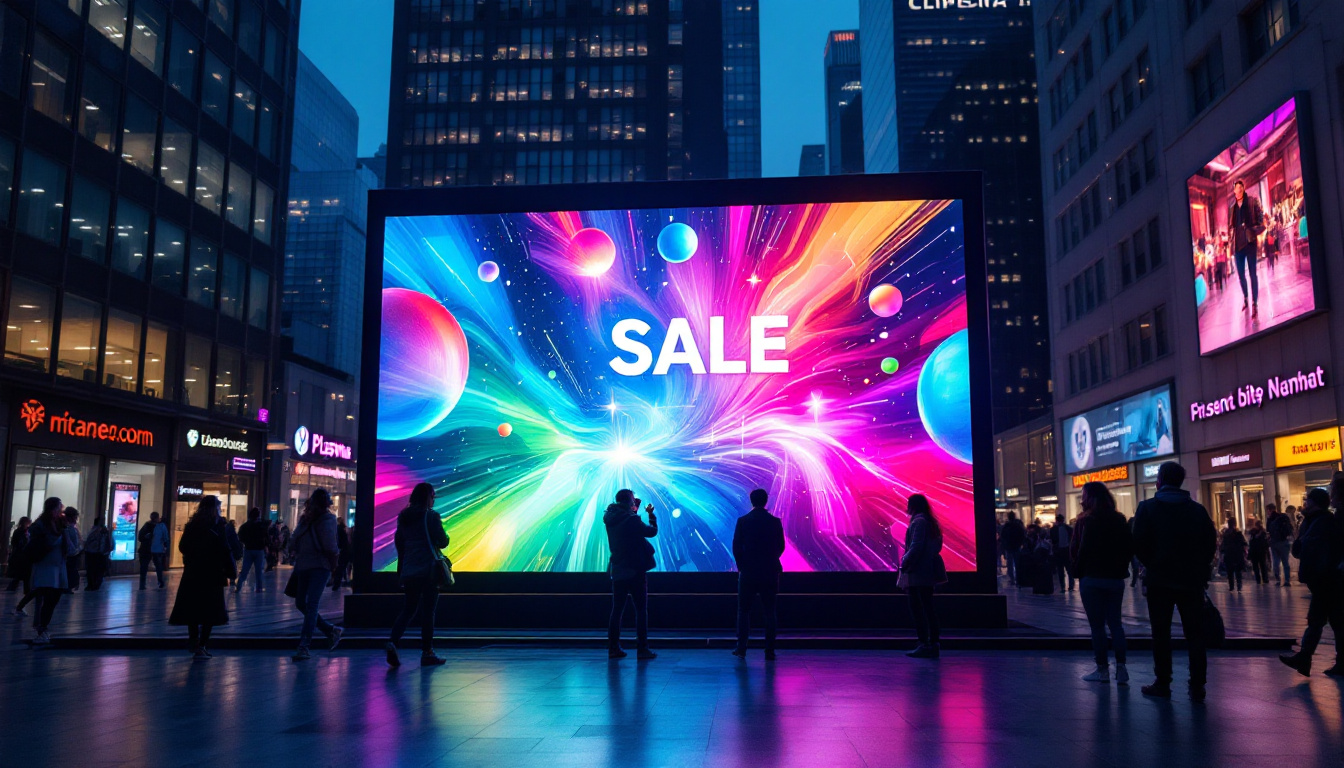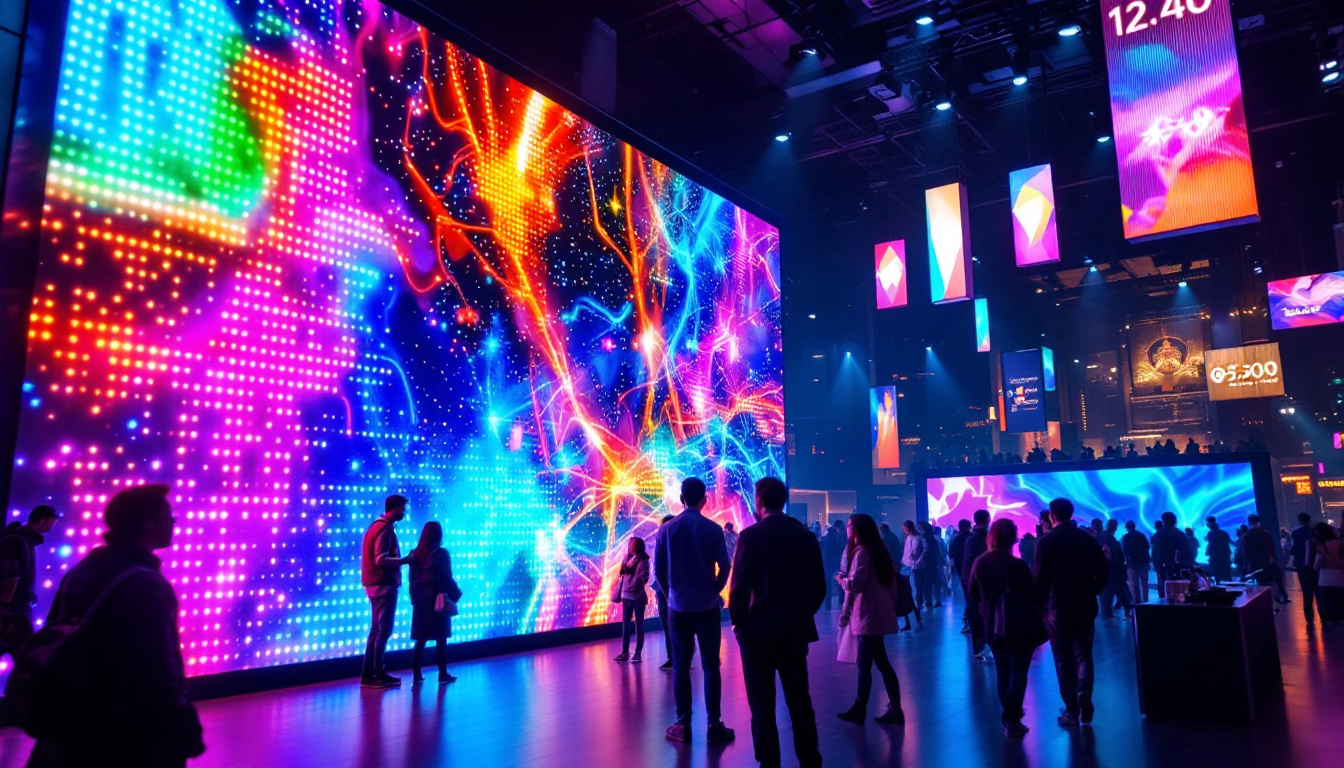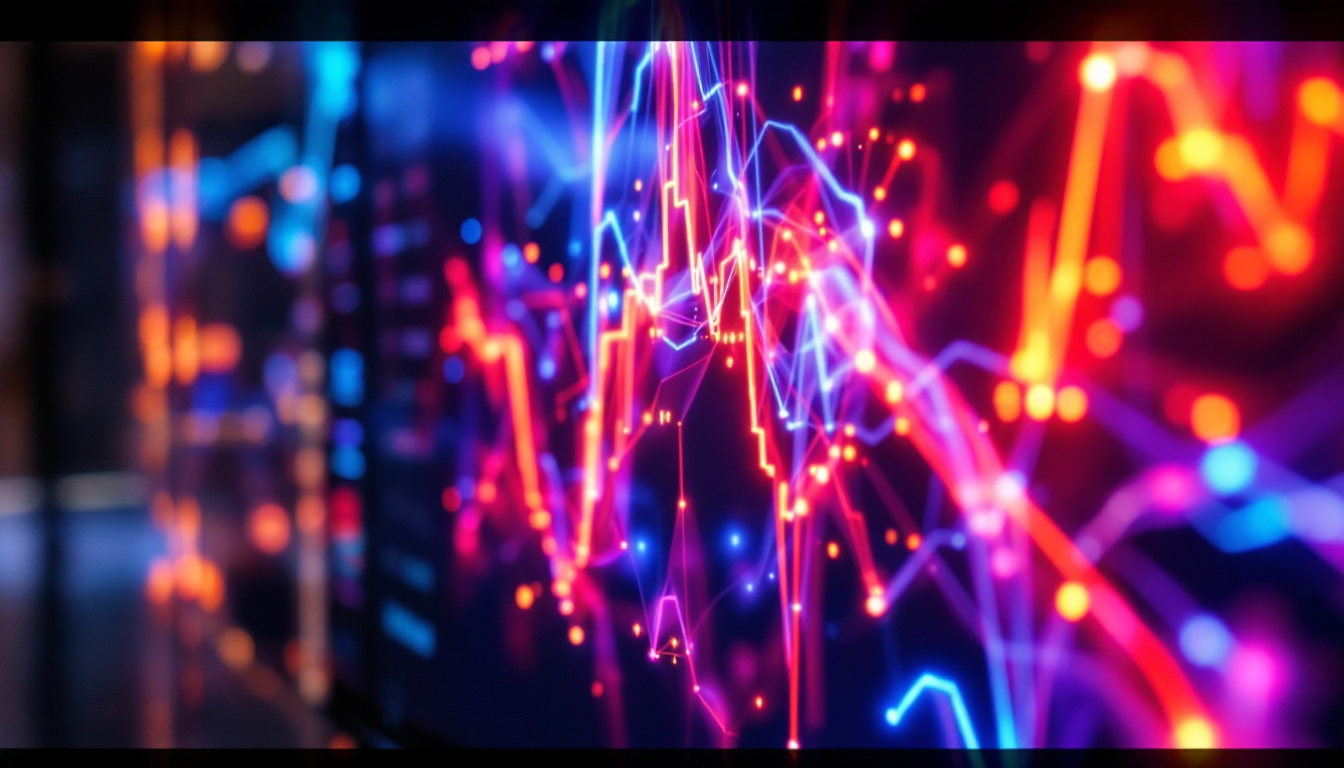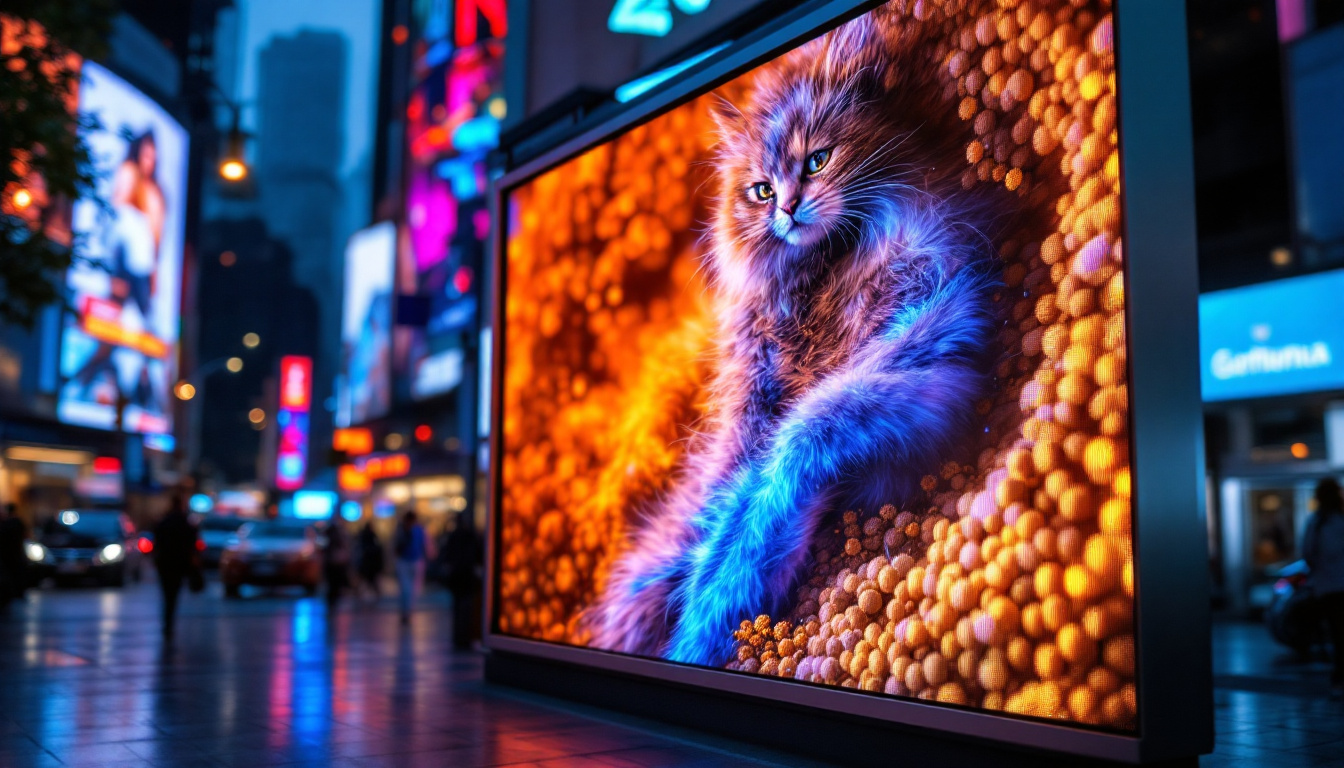In the modern world, displays are integral to communication, entertainment, and information dissemination. Among the various types of displays available, LED (Light Emitting Diode) displays have gained significant popularity due to their efficiency, brightness, and versatility. understanding LED displays is essential for anyone looking to invest in display technology, whether for personal use or business applications. This article will delve into the intricacies of LED displays, their advantages, applications, and how they compare to other display technologies.
Understanding LED Technology
LED technology has revolutionized the way we visualize content. Unlike traditional displays that rely on backlighting, LED displays utilize an array of tiny diodes that emit light when an electric current passes through them. This fundamental difference in technology not only enhances brightness but also improves energy efficiency. Furthermore, LED technology has contributed to the reduction of carbon footprints in various industries, as these displays consume significantly less power compared to their incandescent and fluorescent counterparts. This shift towards more sustainable lighting solutions aligns with global efforts to combat climate change and promote energy conservation.
How LED Displays Work
At the core of LED displays are semiconductor materials that emit light when energized. Each pixel in an LED display consists of red, green, and blue diodes, which combine to produce a full spectrum of colors. The intensity of each color can be adjusted, allowing for the creation of vibrant images and videos. This technology can be implemented in various configurations, including direct view and edge-lit displays. The rapid response time of LEDs also allows for smooth motion rendering, making them ideal for fast-paced video content, such as sports broadcasts and gaming. Additionally, advancements in dimming technology have enabled better contrast ratios, further enhancing the viewing experience.
Types of LED Displays
There are several types of LED displays, each designed for specific applications. The most common types include:
- Direct View LED Displays: These displays are made up of individual LED modules that form a larger screen. They are often used in large-scale outdoor advertising and events due to their high brightness and visibility. Their modular nature allows for easy repairs and upgrades, making them a favorite among advertisers and event organizers.
- OLED Displays: Organic Light Emitting Diodes (OLED) are a subset of LED technology that uses organic compounds to emit light. They are known for their deep blacks and wide viewing angles, making them popular in high-end televisions and smartphones. OLED displays also offer the advantage of being thinner and more flexible, paving the way for innovative designs in consumer electronics.
- Mini and Micro LED Displays: These are advanced forms of LED technology that feature smaller diodes for higher resolution and improved image quality. They are increasingly being used in high-end applications, including virtual reality and augmented reality devices. The miniaturization of LEDs allows for greater pixel density, resulting in sharper images and more immersive experiences, which is particularly beneficial in applications where detail is paramount.
Advantages of LED Displays
LED displays offer numerous advantages over traditional display technologies such as LCD (Liquid Crystal Display) and CRT (Cathode Ray Tube). Understanding these benefits can help consumers make informed decisions when selecting display solutions.
Energy Efficiency
One of the most significant advantages of LED displays is their energy efficiency. Compared to traditional displays, LED screens consume considerably less power, which translates to lower electricity bills and a reduced carbon footprint. This efficiency makes them an ideal choice for businesses looking to minimize operational costs while being environmentally conscious.
Brightness and Visibility
LED displays are known for their exceptional brightness levels, making them suitable for a variety of environments, including outdoor settings where sunlight can wash out other types of displays. Their high visibility ensures that content remains clear and engaging, regardless of ambient light conditions. This characteristic is particularly beneficial for advertising and public information displays.
Longevity and Durability
LED displays have a longer lifespan compared to traditional display technologies. With proper care, an LED display can last up to 100,000 hours or more, significantly reducing the need for frequent replacements. Additionally, they are more resistant to shock and vibration, making them suitable for dynamic environments such as sports venues and concerts.
Applications of LED Displays
The versatility of LED displays allows them to be used in a wide range of applications. From commercial advertising to personal entertainment, their adaptability makes them a preferred choice across various industries.
Advertising and Marketing
One of the most common uses of LED displays is in advertising and marketing. Billboards and digital signage equipped with LED technology can capture the attention of passersby with vibrant colors and dynamic content. Businesses leverage these displays to promote products, services, and events, making them an essential tool in modern marketing strategies.
Entertainment and Events
In the entertainment industry, LED displays are ubiquitous. Concerts, festivals, and sporting events utilize large LED screens to enhance the audience experience. These displays can show live feeds, graphics, and advertisements, creating an immersive environment that keeps attendees engaged.
Information Dissemination
LED displays are also used for information dissemination in public spaces. Airports, train stations, and transit systems employ LED screens to provide real-time updates on schedules, directions, and safety information. Their clarity and visibility ensure that crucial information is communicated effectively to the public.
Comparing LED Displays to Other Technologies
When considering a display solution, it is essential to compare LED technology with other available options. Each technology has its unique strengths and weaknesses, which can influence the choice depending on the intended application.
LED vs. LCD
While both LED and LCD displays utilize liquid crystals to create images, the primary difference lies in the backlighting. LED displays use diodes for backlighting, resulting in better brightness, contrast, and energy efficiency. In contrast, traditional LCDs rely on fluorescent backlighting, which can lead to poorer performance in bright environments.
LED vs. CRT
CRT displays, once the standard for televisions and computer monitors, have largely been replaced by modern technologies like LED. CRTs are bulkier, consume more power, and have a shorter lifespan compared to LED displays. Furthermore, LED technology offers superior image quality and resolution, making it the preferred choice for most applications today.
Choosing the Right LED Display
Selecting the right LED display involves considering several factors, including the intended use, budget, and specific features required. Here are some key considerations to keep in mind.
Resolution and Size
The resolution of an LED display is crucial for image quality. Higher resolution displays provide clearer and more detailed images, which is particularly important for applications such as advertising and entertainment. Additionally, the size of the display should be chosen based on the viewing distance and the environment in which it will be used. Larger displays are ideal for outdoor settings, while smaller screens may suffice for indoor applications.
Brightness Levels
Brightness is another critical factor to consider. Displays used in bright environments, such as outdoor advertising, require higher brightness levels to remain visible. Conversely, indoor displays can operate effectively at lower brightness levels. Understanding the ambient light conditions will help in selecting the right display for specific applications.
Cost and Budget
While LED displays offer numerous advantages, they can vary significantly in price based on size, resolution, and technology. It is essential to establish a budget and consider the total cost of ownership, including installation and maintenance, when making a decision. Investing in a higher-quality display may yield better long-term results and lower operational costs.
Future Trends in LED Display Technology
The LED display industry is continually evolving, with advancements in technology leading to new possibilities and applications. Staying informed about these trends can help businesses and consumers make strategic decisions regarding their display needs.
Smart LED Displays
With the rise of the Internet of Things (IoT), smart LED displays are becoming increasingly popular. These displays can connect to the internet, allowing for remote management and content updates. This capability enables businesses to change advertisements or information in real-time, enhancing flexibility and responsiveness.
Flexible and Transparent Displays
Innovations in LED technology have led to the development of flexible and transparent displays. These displays can be bent or shaped to fit various surfaces, offering new design possibilities for advertising and architecture. Transparent displays, on the other hand, allow for creative applications in retail environments, where products can be showcased behind the screen.
Enhanced Color and Contrast
Future advancements are also focusing on improving color accuracy and contrast in LED displays. Enhanced color reproduction will provide viewers with a more immersive experience, making displays suitable for high-end applications such as film production and digital art installations.
Conclusion
LED displays represent a significant advancement in display technology, offering numerous benefits over traditional options. Their energy efficiency, brightness, durability, and versatility make them suitable for a wide range of applications, from advertising to entertainment. As technology continues to evolve, LED displays will likely become even more integrated into daily life, providing innovative solutions for communication and information sharing.
For anyone considering an investment in display technology, understanding the intricacies of LED displays is essential. By weighing the advantages, applications, and future trends, consumers and businesses can make informed decisions that align with their needs and goals. As the market for displays continues to grow, LED technology will undoubtedly play a pivotal role in shaping the future of visual communication.
Discover Cutting-Edge LED Displays with LumenMatrix
Ready to elevate your visual communication with the latest in LED display technology? Look no further than LumenMatrix, a pioneer in crafting LED display modules that transform your brand’s visibility and audience engagement. From the immersive Indoor LED Wall Display to the dynamic Outdoor LED Wall Display, and from the versatile Vehicle LED Display to the innovative LED Transparent Display, LumenMatrix offers a comprehensive range of solutions tailored to your unique needs. Experience the future of digital signage with our All-in-One LED Display or captivate passersby with a Custom LED Display designed just for you. Don’t miss the opportunity to create unforgettable visual experiences. Check out LumenMatrix LED Display Solutions today and see your message come to life with unparalleled clarity and impact.


